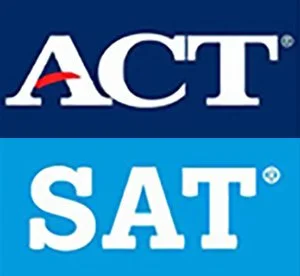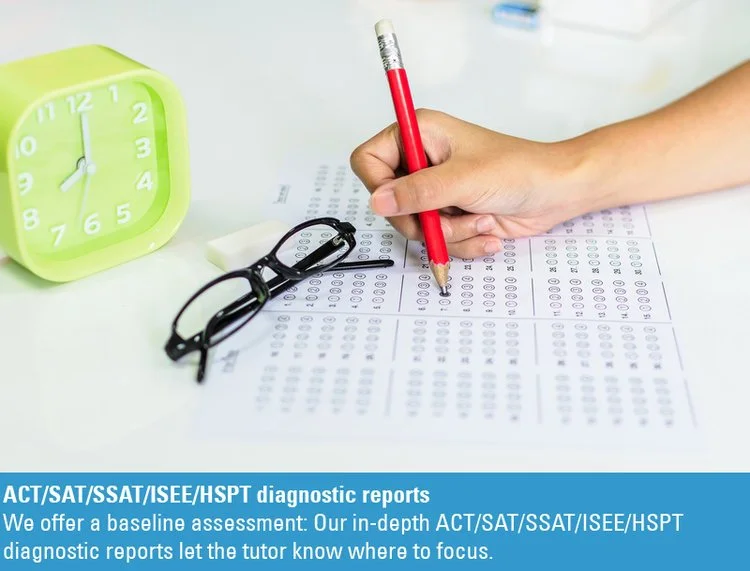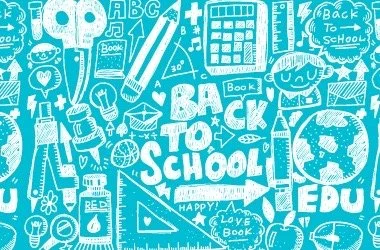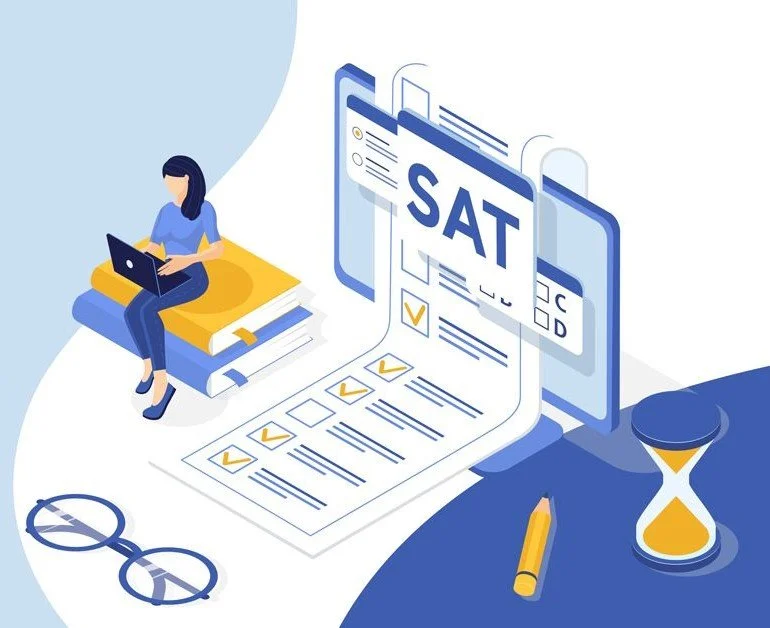What is the Average SAT Score?
When people talk about average SAT scores, they usually have three scores in mind: the Evidence-Based Reading and Writing (ERW) score, the Math score, and the composite, or total, score.
You’ll see other scores on your SAT score report that measure how well you performed in specific areas of ERW or Math, but to keep things simple, this post focuses on the big three: ERW, Math, and total.
To learn more about all the SAT scores, visit the Score Structure page.
SAT Section Scores and Total Scores
The SAT has two required sections: ERW and Math. Each section is scored on a scale of 200–800, so when you take the test, you’ll get two section scores—one for ERW and one for Math.
You’ll also get a total score. This is your ERW score plus your Math score. Total scores range from 400 to 1600.
Calculating the SAT Average
The national average, or mean, SAT scores for a graduating class are calculated by adding up the scores of every student in that class who took the SAT and dividing by the number of test takers.
SAT Score National Averages for the Class of 2021
ERW: 533
Math: 528
Total SAT score: 1061
SAT Averages vs. SAT Percentiles
The national average SAT scores show you whether scores are trending up or down compared to previous years. But they don’t tell you much about your own scores.
National percentiles, on the other hand, show you where you stand in relation to other students. They range from 1 to 99 and indicate the percentage of students who scored the same as or lower than you. So the higher your percentile, the better you did.
You’ll see two types of percentiles on your score report: the nationally representative sample percentile and the SAT user percentile.
The sample percentile compares your score to the predicted scores if all students were to take the SAT. Because some students, like those not planning on going to college, may not take the SAT, we conduct research studies to estimate what their scores would be.
The user percentile compares your score to the actual scores of recent high school graduates who took the SAT during high school. If your percentile is 75, that means your score is as high or higher than the scores of 75% of students who took the SAT.
Because your user percentile shows how you performed compared to other students who may be applying to the same colleges you are, it can help you decide whether to try to improve your score by taking the test again.
How to Improve Your SAT Score
If you’re not happy with your SAT results, try working with an SAT tutor and improving your study tools before retaking the test. Research shows that just 12-18 hours of SAT tutoring could help your total score go up an average of 120 points.
Remember: SAT scores are just one thing colleges look at when deciding who to admit. Your grades, after-school activities, letters of recommendation, etc., give colleges a more complete picture of who you are.


















